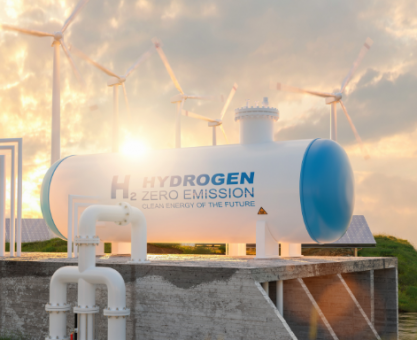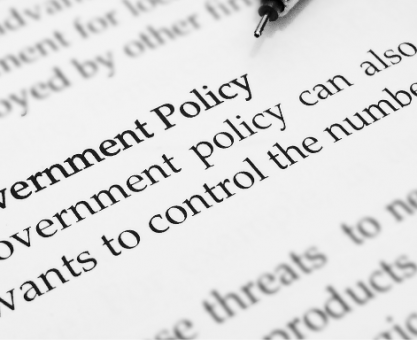Executive Summary
-
Discover how decarbonization targets are reshaping the investment landscape.
-
Understand the benefits and challenges of green investments.
-
Learn about successful strategies and tools to maximize returns in green energy sectors.
-
Explore a case study illustrating real-world impacts of decarbonization on investments.
-
Gain expert insights on aligning investment portfolios with sustainability goals.
Introduction
In an era where climate change commands global attention, decarbonization has become a pivotal objective for governments and corporations alike. As the urgency to reduce carbon footprints escalates, investors are increasingly aligning their portfolios with decarbonization goals. But what does this mean for the future of investments, especially in the green energy sector?
This article explores the critical role decarbonization goals play in shaping investment decisions, highlighting the opportunities and challenges they present. Whether you’re an investor, corporate executive, or policy maker, understanding these dynamics is crucial for navigating and capitalizing on the evolving market landscape.
Definitions / Context
Decarbonization refers to the process of reducing carbon dioxide emissions resulting from human activity. It is a key strategy in combating climate change and is often driven by regulatory frameworks, technological advancements, and societal pressures.
Green investments are financial allocations aimed at projects or companies that promote environmental sustainability, particularly through the use of renewable energy sources and technologies that reduce pollution.
Benefits / Pros
-
Regulatory Support: Many governments offer incentives, such as tax breaks or subsidies, for investments in renewable energy projects.
-
Market Growth: The green energy sector is experiencing rapid growth, providing numerous opportunities for high returns.
-
Risk Mitigation: Investing in sustainable assets can reduce exposure to regulatory risks associated with carbon-heavy industries.
-
Positive Brand Image: Companies and investors prioritizing sustainability often enjoy enhanced reputational benefits.
Risks / Cons / Challenges
-
High Initial Costs: Green projects often require substantial upfront investment, which can deter some investors.
-
Technological Uncertainty: Rapid technological changes can render some green investments obsolete.
-
Regulatory Changes: Shifts in policy can impact the viability and profitability of certain green investments.
-
Market Volatility: The green energy market is still maturing and may be subject to volatility.
Step-by-Step Process for Green Investment
-
Research and Identify Opportunities: Start by researching sectors within green energy that align with your investment strategy.
-
Evaluate Financial and Environmental Impact: Assess both the financial viability and the environmental benefits of potential investments.
-
Diversify Portfolio: Spread investments across different green technologies to mitigate risk.
-
Monitor Regulatory Environment: Stay informed about policy changes that could affect your investments.
A European energy firm successfully pivoted its investment portfolio toward renewable energy by focusing on offshore wind farms. This strategic shift not only increased their market share but also positioned them as a leader in sustainable energy, yielding a 15% increase in investor interest and a 25% rise in stock value over three years.
— Renewable Energy Transformation through Offshore Wind Investments
Expert Tips / Strategic Insights
-
Long-term Perspective: Epiidosis recommends viewing green investments as long-term commitments to capitalize on compounding benefits.
-
Collaborative Ventures: Partnering with established firms in the green sector can reduce risks associated with technological uncertainties.
-
Stay Informed: Regularly consult with environmental and investment advisors to stay ahead of industry trends and regulatory updates.
Tools / Resources / Calculators
-
Carbon Footprint Calculators: Use tools to measure and manage carbon emissions within investment portfolios.
-
Renewable Energy Investment Platforms: Platforms like Epiidosis offer insights and opportunities for sustainable investments.
Conclusion
Decarbonization goals are not just environmental imperatives but also powerful drivers of investment strategy. By aligning with these objectives, investors can access emerging opportunities in the green energy sector, mitigate risks associated with traditional carbon-heavy investments, and contribute to a sustainable future. For tailored guidance on aligning your investment strategy with decarbonization goals, consider consulting with industry experts.






















